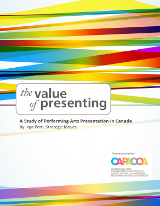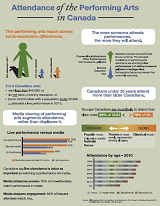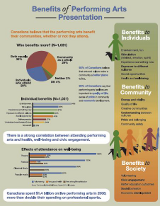... the internet is
not new media: We are now 18 years in. An entire generation is alive now that simply lives with all things web as a normal part of their world.
So what is happening in marketing that all organizations should get smart about and determine the strategic implications for their organization?
Contemporary marketing is about storytelling, co-creating meaning, and making research and purchases easy and immediate.
Important marketing trends are those that leverage that fact.
A. Integration of websites with social networks and mobile
applications
Youtube was launched in 2005, Facebook and
Twitter came in 2006. Barely six or seven years old they have
an unprecedented reach ranging from about 500 million to 1 billion users. These are global platforms, with a reach that breaks most rules of geography. The increasing integration of services like Youtube, Facebook, Twitter with both desktops and mobile devices and within websites creates new dynamics between organizations and their audiences.
Marketers need to understand what these channels mean to their organization.
Recently, smart phones with touch screens,
tablets and e-readers with web access have become ubiquitous.
Great websites have evolved from early
brochure ware, UseNet groups and List serves to being hubs of
branded transactions with social media integration and mobile connectivity. Today, website pages can be shared with a push of a single button to a user’s social media universe and it can raise awareness, start conversations or even elicit sales through their social networks. Similarly, organizations are cross-linking their web sites and social media presence to provide a seamless user experience, going where users are.
Seemingly limitless access to information,
easy consumption of entertainment, creation and sharing of content and
experiences has transformed how we behave, what we expect and what we want.
B. DIY
Websites used to be expensive custom
installations with IT infrastructure, benefiting from substantial user research and expert
programmers.
Today, WordPress and similar services have
become robust DIY web tools ("Software as a service") that work very well, have extensive plug-in options
for customization and keep costs very low.
Many of these off-the-shelf DIY tools can create a mobile-friendly version of a website on the fly. This
is important as more and more users visit websites using their mobile devices
with their much smaller screens.
Not every organization will want to go the route of DIY, but they have to know what's going on and what it means to their competitive positioning. (e.g. what are new competitive factors to consider when others adopt these tools?)
[Surveymonkey, another example of software as a service, has achieved over $1 billion in market cap - yes, that surely keeps some traditional research house executives up at night. Another is salesforce.com.]
C. Mobile Applications
The ‘appification’ of the online experience
has advanced rapidly in the last five years. Festivals, for instance, have quickly adopted
downloadable apps to stay connected with visitors. Several companies have
developed standard applications that offer affordable off the shelf solutions.
In my view, it is hard to imagine that any event without an app will be considered a leader in its field in the near
future. There are myriad other apps applications, some short-term and some durable: from news to entertainment to the frivolous to the life-altering.
D. Simplicity rules
Even as the world and technology has become
increasingly complex, people gravitate toward simple, easily recognizable
messages and calls for action.
The time of complex visual marketing is
long over (if that was ever more than a design fad) Simple images that convey a single core idea are used by strong
brands because they work. Anything that is not necessary to get to “yes”
merely gets in the way.
It is the difference between the completely uncluttered
Google search website with a single function and Yahoo search with content obscuring its main function.
The market leader usurped by the single-mindedly focused.
What is your take on these observations and the big issues you need to solve?



